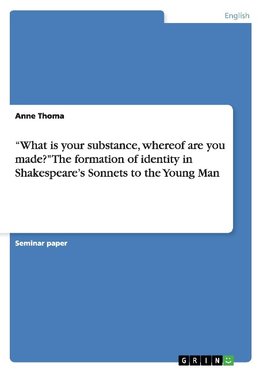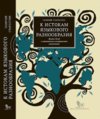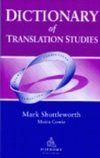
-
 Anglický jazyk
Anglický jazyk
"What is your substance, whereof are you made?" The formation of identity in Shakespeare's Sonnets to the Young Man
Autor: Anne Thoma
Seminar paper from the year 2006 in the subject English Language and Literature Studies - Literature, grade: 1,0, University of Tubingen, course: Sonnet Cycles from the 16th to the 20th Centuries, 31 entries in the bibliography, language: English, abstract:... Viac o knihe
Na objednávku, dodanie 2-4 týždne
16.65 €
bežná cena: 18.50 €
O knihe
Seminar paper from the year 2006 in the subject English Language and Literature Studies - Literature, grade: 1,0, University of Tubingen, course: Sonnet Cycles from the 16th to the 20th Centuries, 31 entries in the bibliography, language: English, abstract: Shakespeare's sonnets have often been discussed in terms of the degree of their
autobiographical content. The question what role the persons which the poet addresses, a
young man and a dark woman, had actually played in the author's life sparked as much debate
as the opaque initials "W. H.", a dedication by Thomas Thorpe, who had published a Quarto
by the title of 'Shakespeare's Sonnets. Never before imprinted' in 1609 (Edmondson / Wells
4). Some critics were led to conclude their research with triumphant statements such as
'Shakespeare's Sonnets. The Problems solved', a title employed by A. L. Rowse in 1964.
Rowse claims to have spotted the identity of the young man, the dark lady, the rival poet, as
well as of "W. H.". His edition of the sonnets also includes a chapter called "The Story: its
Outlines" (24).
Other critics have been focussing less on a coherent story with identifiable characters. In their
analysis, they often take a purely immanent stance and are more concerned with how the poet,
the speaking voice of the sonnets, establishes an identity, a private subjectivity and sensibility
and in the course of his amorous encounters engages in a struggle to keep them afloat. I want
to argue along the lines of those researchers who put the previously rather central issues of
homosocial desire and Platonic and Petrarchan love into the lager context of what Stephen
Greenblatt calls the "self-fashioning" of the Renaissance individual (1). He points out that
"the power to impose a shape" upon oneself or another person is a major issue in the English
Renaissance, the age of "the formation of identity" (1 / 6). According to Colin Morris, there
had been distinctions between "types and individual representation" as early as 1020 (33 /
65), but A. J. Piesse states that "self-interrogation" beyond a religious context began to loom
only at the beginning of the sixteenth century (634). In the 80s, Stephen Greenblatt and
Catherine Belsey stressed that "any formulation of identity must be seen in the light of
cultural context, that any exposition of self is a manifestation of a series of options, rather
than something intrinsically different from anything else" (Piesse 635). In his work Sources of
the Self of 1989, Charles Taylor differentiates along the lines of Plato and Aristotle between
the importance of context and interior self for the individual (Ibid 635).
- Vydavateľstvo: GRIN Verlag
- Rok vydania: 2012
- Formát: Paperback
- Rozmer: 210 x 148 mm
- Jazyk: Anglický jazyk
- ISBN: 9783656201625




 Nemecký jazyk
Nemecký jazyk 
 Ruský jazyk
Ruský jazyk 




